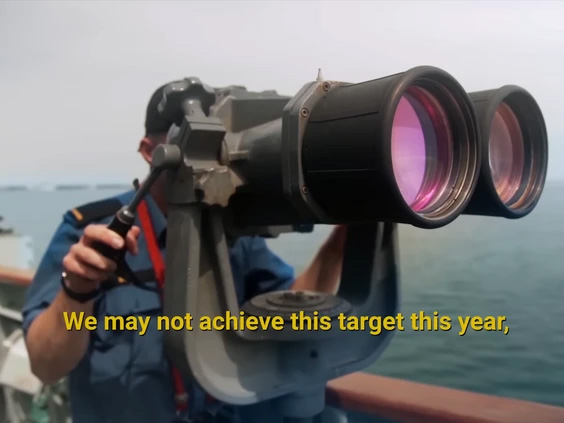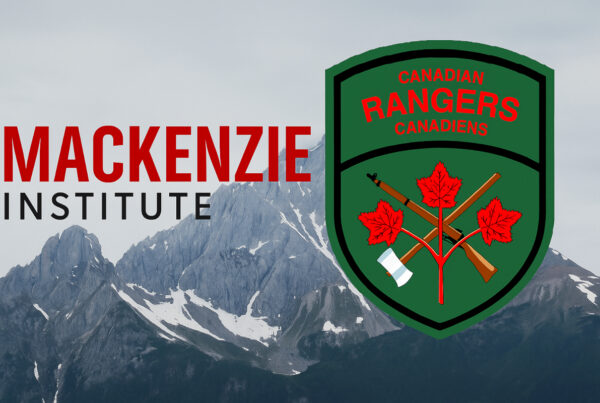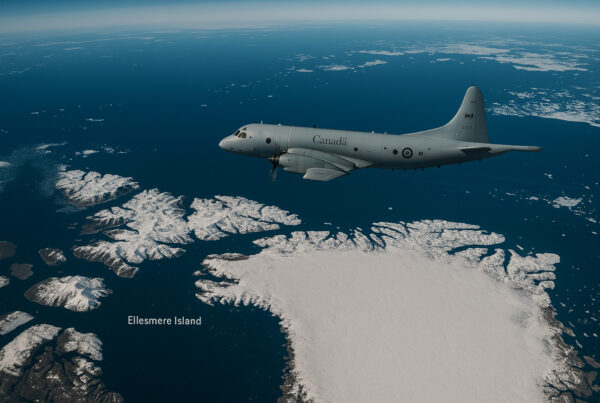Vice-Admiral Angus Topshee, commander of the Royal Canadian Navy, says it is in ‘critical state’ due to personnel shortages

Screenshot from an official Royal Canadian Navy video entitled The State of the Royal Canadian Navy. PHOTO BY ROYAL CANADIAN NAVY/YOUTUBE
(Written by Tristin Hopper. Originally published here in The National Post, republished with permission.)
First Reading is a daily newsletter keeping you posted on the travails of Canadian politicos, all curated by the National Post’s own Tristin Hopper. To get an early version sent directly to your inbox, sign up here.
TOP STORY
In a starkly worded new video, the Royal Canadian Navy has warned that it is so under-resourced and understaffed that it may soon be unable to fulfil its basic commitments as a branch of the Canadian Armed Forces.
“The RCN faces some very serious challenges right now that could mean we fail to meet our force posture and readiness commitments in 2024 and beyond,” says Vice-Admiral Angus Topshee, Commander of the Royal Canadian Navy, in a voiceover to a five-minute YouTube video directed at members of the service.
Topshee adds that the navy is in “critical state” that’s been exacerbated by a recruiting crisis that’s been ongoing for more than a decade.
“Despite their very best efforts, (Canadian Forces Recruiting Group) has not delivered the required intake for the RCN in over 10 years,” he says.
The video reveals that the Harry DeWolf class – the navy’s new offshore patrol vessels – can currently only be deployed one at a time due to personnel shortages. The 1990s-era Halifax-class frigates, which have already reached their 30-year life expectancy, are expected to remain the navy’s “only surface combatant” for at least the next 15 years.
“I wish it was not so, but I’m afraid there is no other choice,” said Topshee. The video concludes on an optimistic note, but calls the current situation a “storm.”
The video comes only a few weeks after the Department of Defence released a “results report” painting a similarly grim picture across the entirety of the Canadian Armed Forces.
Most notably, the report said that the military is rapidly becoming unable to conduct more than one operation at a time owing to a “decreasing number of personnel and issues with equipment and vehicles.”
A mere 51.2 per cent of the maritime fleet was listed as being “serviceable to meet training and readiness requirements” – despite the fact that this rate stood at 94.1 per cent just two years ago.
The RCAF was even more out-of-commission, with a mere 43.8 per cent of its aircraft meeting serviceability requirements.
The Canadian military has already begun missing high-profile international deployments due to equipment shortages. In June, it missed a NATO air exercise in Europe because almost all of its fighter aircraft were in the shop undergoing “modernization.”
But the report implies that the military is so overstretched it may soon struggle to deliver even basic disaster response at home.
“The growing demands for (disaster response) challenged the already unstable foundation of operational readiness given personnel shortfalls, equipment deficiencies, and insufficient sustainment including critical stores of ammunition,” it reads.
All the while, the Trudeau government is moving forward with plans to cut the Canadian defence budget for the foreseeable future – the only G7 country to do so.








